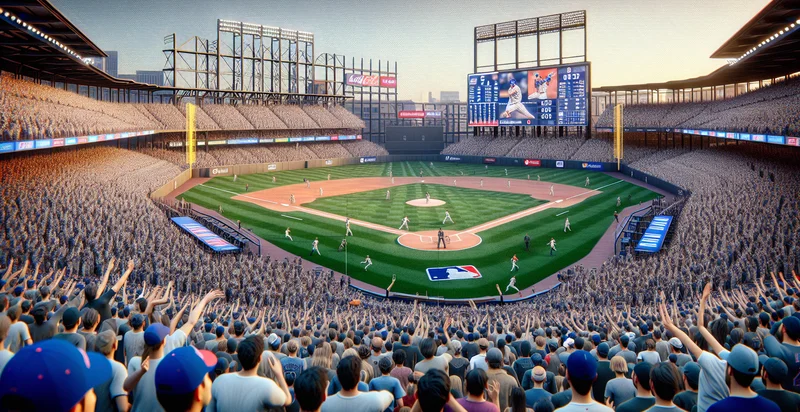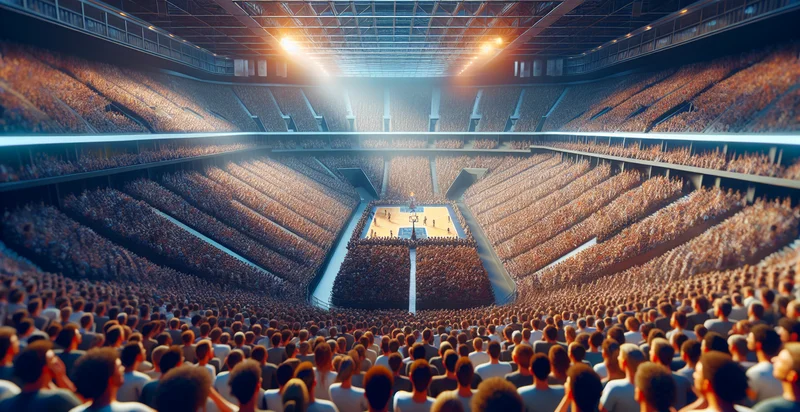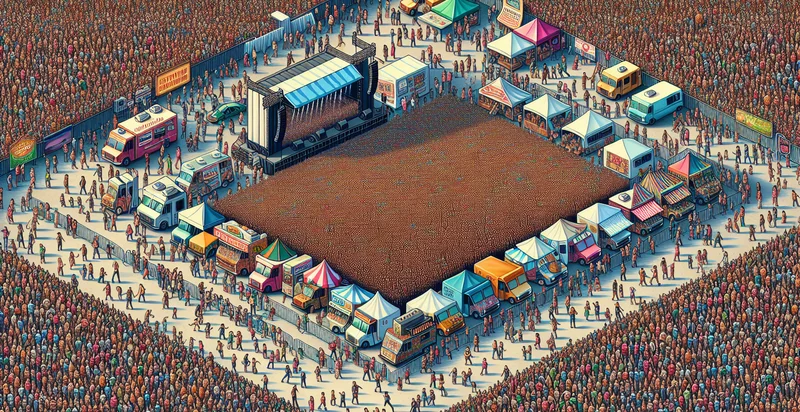Identify baseball stadium fans count
using AI
Below is a free classifier to identify baseball stadium fans count. Just upload your image, and our AI will predict the number of fans in a baseball stadium. - in just seconds.

Contact us for API access
Or, use Nyckel to build highly-accurate custom classifiers in just minutes. No PhD required.
Get started
import nyckel
credentials = nyckel.Credentials("YOUR_CLIENT_ID", "YOUR_CLIENT_SECRET")
nyckel.invoke("baseball-stadium-fans-count", "your_image_url", credentials)
fetch('https://www.nyckel.com/v1/functions/baseball-stadium-fans-count/invoke', {
method: 'POST',
headers: {
'Authorization': 'Bearer ' + 'YOUR_BEARER_TOKEN',
'Content-Type': 'application/json',
},
body: JSON.stringify(
{"data": "your_image_url"}
)
})
.then(response => response.json())
.then(data => console.log(data));
curl -X POST \
-H "Content-Type: application/json" \
-H "Authorization: Bearer YOUR_BEARER_TOKEN" \
-d '{"data": "your_image_url"}' \
https://www.nyckel.com/v1/functions/baseball-stadium-fans-count/invoke
How this classifier works
To start, upload your image. Our AI tool will then predict the number of fans in a baseball stadium..
This pretrained image model uses a Nyckel-created dataset and has 11 labels, including 1-5, 1001-2500, 101-250, 11-20, 21-50, 2501-5000, 251-500, 5001+, 501-1000 and 51-100.
We'll also show a confidence score (the higher the number, the more confident the AI model is around the number of fans in a baseball stadium.).
Whether you're just curious or building baseball stadium fans count detection into your application, we hope our classifier proves helpful.
Related Classifiers
Need to identify baseball stadium fans count at scale?
Get API or Zapier access to this classifier for free. It's perfect for:
- Crowd Control and Safety Management: The false image classification function can help security teams identify and manage crowd density in and around baseball stadiums. By analyzing images of fans, the system ensures that capacity limits are adhered to, enhancing safety protocols and helping to prevent overcrowding.
- Targeted Marketing Campaigns: By understanding fan demographics and behaviors through image classification, marketing teams can tailor their promotional efforts more effectively. This data can drive personalized advertising, merchandise recommendations, and specific engagement strategies to maximize attendance and revenue.
- Fan Engagement Monitoring: The function can track the emotional responses of fans during games by analyzing candid images. Insights gained can be used to enhance the overall game day experience through better entertainment options, food offerings, and in-game activities that resonate with fans.
- Event Planning and Logistics: Stadium operators can utilize this function to better understand fan attendance trends over time. This information assists in planning future events, staffing needs, and logistical arrangements, ultimately leading to improved operational efficiency and a better fan experience.
- Sponsorship and Partnership Analysis: By classifying images of stadium attendees, businesses can determine the effectiveness of their sponsorship advertisements. Analyzing fan engagement with specific ads allows for data-driven decisions regarding future sponsorship opportunities and strategic partnerships.
- Social Media Engagement Enhancement: The function can analyze the prevalence and mood of social media images shared from within the stadium. By leveraging this data, teams can create more engaging content, promote their brand across social platforms, and improve fan interaction online.
- Operational Efficiency Assessment: Stadium management can evaluate staff performance and operational efficiency by analyzing images of fans in queues, at concessions, or interacting with staff. This assessment guides decisions on staffing adjustments, training programs, and resource allocation to enhance service delivery during events.


